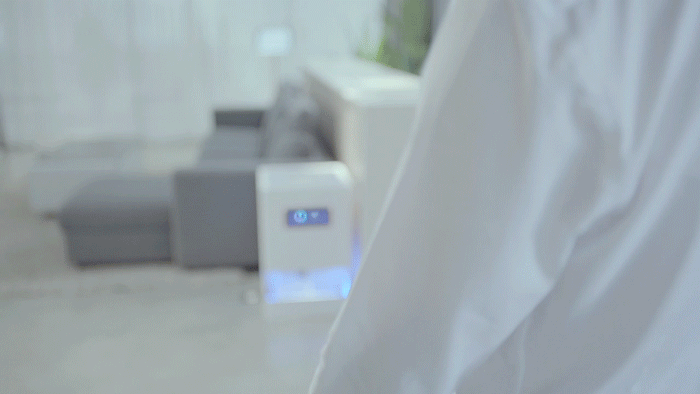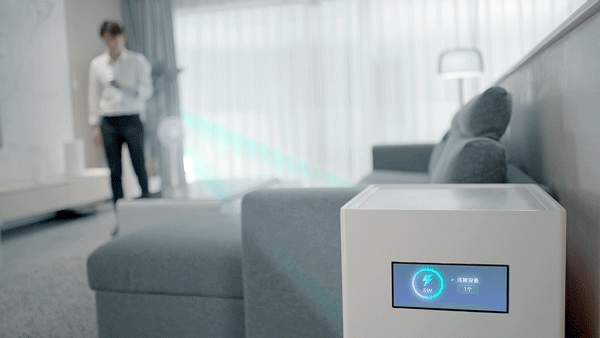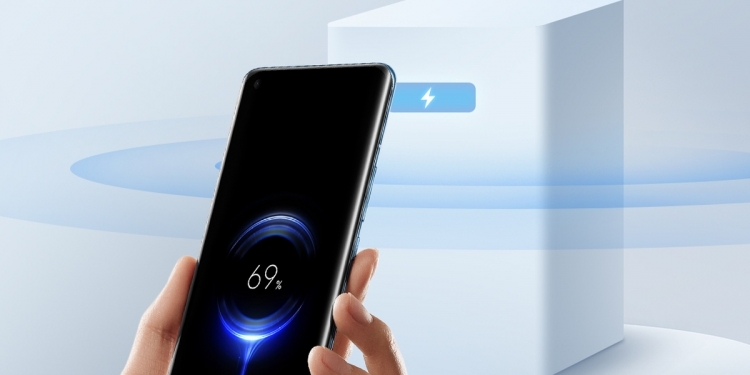Charging technologies have come a long way in the past couple of years or so, and most high-end devices—from smartphones to wearables and earbuds—can now be wirelessly charged, usually via the Qi charging standard. But Xiaomi‘s latest technology, Mi Air Charge, can be used to remotely charge electronic devices remotely, with no cables or wireless charging pads/stands in the way.
Charging speeds aren’t actually very fast… or fast at all. 5W is pretty much the absolute minimum charging speed you’ll find on most mobile devices nowadays, but of course, Air Charge’s strength lies in the fact that you won’t actually need to prop your device up on a charging stand—or plug it in.
We're excited to bring you the remote charging technology – Mi Air Charge Technology! Charge multiple devices simultaneously while you're gaming, walking around or even when something's in the way, no strings attached. Another giant leap forward in wireless charging technology! pic.twitter.com/wEoB10wOQ2
— Xiaomi (@Xiaomi) January 29, 2021
How does Air Charge work?
The technology works with five phase interference antennas built into the charger, which are used to detect the location of your compatible smartphone (or any device that you’re looking to charge). Meanwhile, Xiaomi also says that compatible devices need to be equipped with a miniaturised antenna array, including a built-in beacon antenna and receiving antenna array.
“Beacon antenna broadcasts position information with low power consumption. The receiving antenna array composed of 14 antennas converts the millimeter wave signal emitted by the charging pile into electric energy through the rectifier circuit, to turn the sci-fi charging experience into reality.”
Despite the slow charging speeds of 5W, Xiaomi says that multiple devices can be charged at the same time. The company doesn’t actually offer much in way of concrete details, but Air Charge technology will be able to charge devices within a radius of “several metres”. Meanwhile, physical obstacles will not reduce the speed or efficiency of charging, unlike other wireless technologies like WiFi or Bluetooth.

The aim for Xiaomi is to create “fully wireless” living rooms in the future, with the “space isolation charging technology” to work with wearables, in addition to smartphones. Other devices such as speakers, lamps, and smart home products in general, will be developed to work with the technology, Xiaomi promises.
Unfortunately, there isn’t a concrete timeline for Mi Air Charge, or even products that we’ll see the technology on. It does seem likely that it will debut on a smartphone at first—if at all—while The Verge reports that no commercial products will feature Mi Air Charge in 2021. This means that we’ll only see the technology surface in the real world some time in 2022 at the earliest, although this isn’t confirmed by any means.

Regardless, in a time when companies have been working on “new” wireless charging pads such as Apple’s MagSafe charger, it’s refreshing to see Xiaomi talk about a whole new way to charge smartphones. But for now, we’ll have to wait and see if Xiaomi turns this “giant leap forward” into a real, commercially-available step forward.








